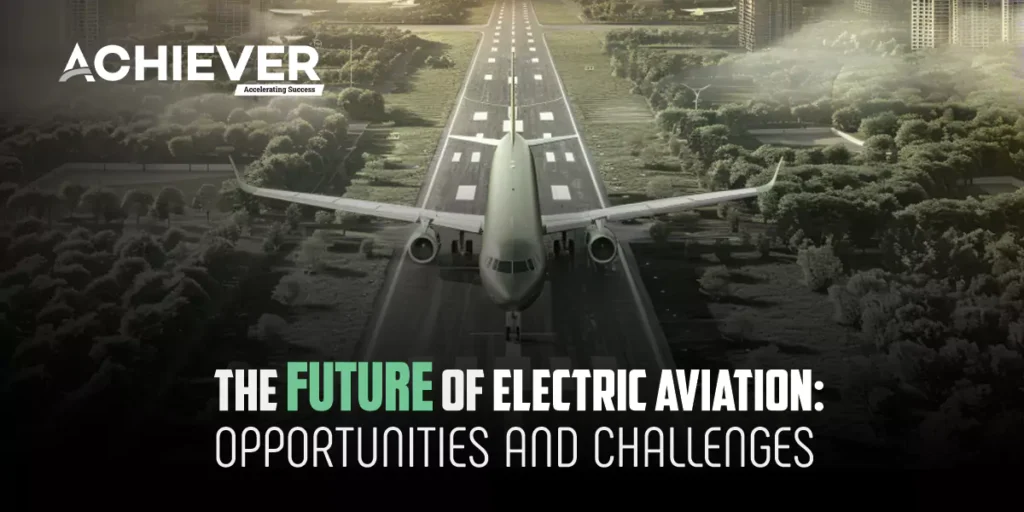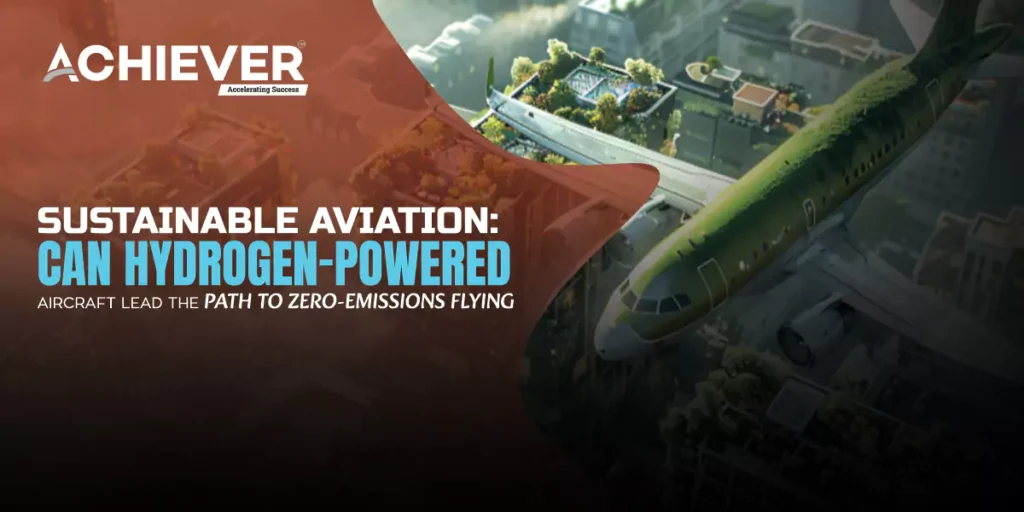As global efforts to combat climate change intensify, the aviation industry is coming under increased scrutiny for its contribution to carbon emissions. Air travel accounts for approximately 2-3% of global CO₂ emissions, with a growing demand for greener solutions. Electric aviation presents an exciting opportunity to reduce the environmental impact of flight, but it also comes with significant technical and regulatory challenges. This article explores the future of electric aviation, focusing on the advancements, opportunities, and roadblocks that will shape its evolution.
The Rise of Electric Propulsion
Electric propulsion in aviation refers to using electric motors, powered by batteries or hybrid systems, to drive aircraft. Unlike conventional aircraft, which rely on jet engines burning fossil fuels, electric aircraft aim to significantly reduce or even eliminate CO₂ emissions. Over the past decade, significant advances in battery technology, electric motors, and lightweight materials have propelled the development of electric aircraft, with several key players leading the charge.
Companies such as Eviation, with its “Alice” all-electric commuter aircraft, and Rolls-Royce, which is developing high-performance electric propulsion systems, are at the forefront of this transformation. Additionally, ZeroAvia is working on hydrogen-electric propulsion, further expanding the possibilities of clean aviation.
While electric propulsion is still in its infancy, especially for larger commercial aircraft, smaller electric planes are already flying. Pipistrel’s Alpha Electro is an example of an all-electric trainer aircraft that’s in use today, particularly suited for short, regional flights and pilot training.
Key Opportunities in Electric Aviation
- Environmental Impact
The most significant advantage of electric aviation is the potential to drastically reduce greenhouse gas emissions. As electricity grids become greener and more reliant on renewable energy sources, electric aircraft will further reduce their environmental footprint. In the near term, electric propulsion could be ideal for short-haul flights and regional aviation, significantly cutting emissions where alternatives like high-speed rail are unavailable.
- Lower Operating Costs
Electric motors are simpler and more efficient than jet engines, with fewer moving parts. This simplicity translates to lower maintenance costs and higher reliability. Moreover, electricity is often cheaper than jet fuel, which could make air travel more affordable for operators and passengers alike. These cost savings will be especially beneficial for airlines and aircraft operators as they seek to recoup the steep costs associated with upgrading fleets to meet future sustainability targets.
- Noise Reduction
Electric aircraft are quieter than conventional planes. The reduction in noise pollution is a critical benefit for communities near airports, as electric aircraft could enable new flight paths and even allow the development of urban air mobility solutions like electric vertical takeoff and landing (eVTOL) aircraft. Companies like Joby Aviation and Lilium are already developing eVTOLs for air taxi services, which promise to transform urban transportation.
Challenges Hindering Full-Scale Adoption
Despite the promising future, electric aviation faces several significant challenges before it can achieve mainstream adoption.
- Battery Technology
The primary limitation for electric aircraft today is the energy density of batteries. Current lithium-ion batteries have about 50 times less energy per unit of mass compared to aviation fuel. While battery technology is improving, achieving the energy density needed for long-haul flights remains a formidable challenge. For now, electric propulsion is most feasible for short-haul flights under 500 kilometers, with long-haul aviation requiring a hybrid approach or alternative technologies, such as hydrogen fuel cells.
- Regulatory Hurdles
Electric aviation is a new frontier, and regulatory frameworks are still evolving. Certifying new aircraft designs, particularly those with radically different propulsion systems, is a slow and rigorous process. Aviation authorities such as the Federal Aviation Administration (FAA) and the European Union Aviation Safety Agency (EASA) are actively working on developing standards for electric aircraft, but the process is lengthy, and regulatory bodies are often playing catch-up with the rapid pace of technological innovation.
- Infrastructure Requirements
Widespread adoption of electric aircraft will require substantial changes in airport infrastructure. Charging stations, grid upgrades, and new maintenance facilities will need to be installed at airports, all of which will demand significant investment. The current electrical grid may not be able to support a large fleet of electric aircraft without upgrades, particularly in rural or underdeveloped regions.
Looking Ahead
The future of electric aviation is bright, with opportunities for both environmental and economic benefits. However, significant technological, regulatory, and infrastructure challenges must be overcome before electric aircraft become a common sight in our skies. The industry is making progress, with hybrid-electric systems and innovations in energy storage offering promising solutions. In the short term, electric aviation will likely gain a foothold in niche markets such as regional air travel and urban air mobility. In the long term, as technology advances and regulations adapt, the possibility of electric aircraft replacing conventional jetliners on longer routes becomes more feasible.
In conclusion, electric aviation represents a critical step toward a more sustainable future for air travel. While the road ahead is filled with challenges, the ongoing innovation and growing demand for green technologies suggest that electric aircraft will eventually become an integral part of the aviation ecosystem. The future of flight may very well be electric.







